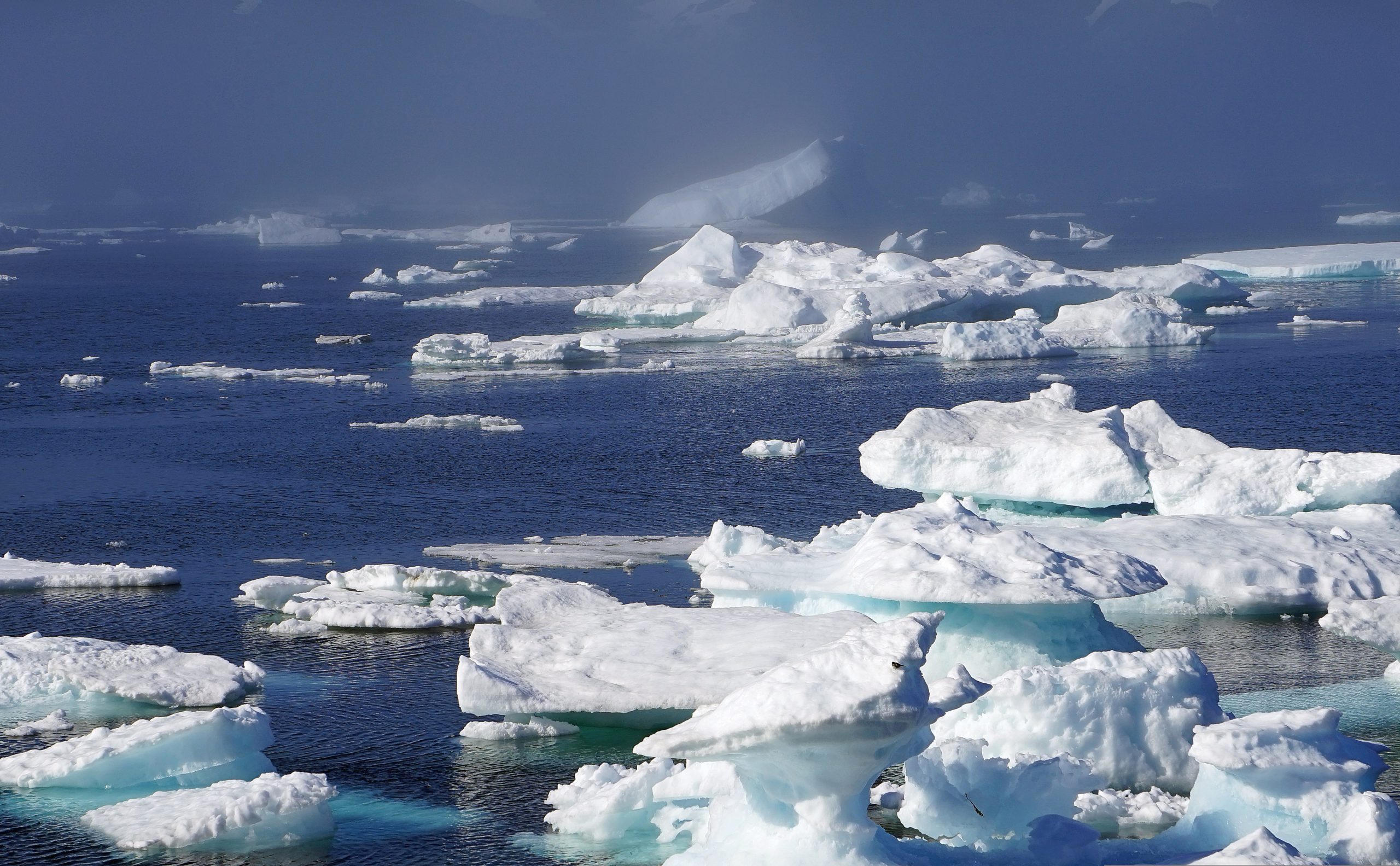China’s Arctic Ambitions: The Pursuit of a Northern Shipping Route
China’s Arctic Ambitions: The Pursuit of a Northern Shipping Route
calendar_month
14.01.2025
stylus_note
K. Hromkova
lists
Transportation
| calendar_month | 14.01.2025 | stylus_note | K. Hromkova | lists | Transportation |
|---|

In its quest to diversify global trade routes, China is increasingly focused on the Northern Sea Route (NSR), a potential Arctic alternative to traditional shipping pathways like the Suez Canal or the route around Africa. This strategic move aligns with China’s broader objectives under its Belt and Road Initiative (BRI) and Arctic policy, positioning the country as a key player in the evolving geopolitics of Arctic navigation.
The Northern Sea Route: A Strategic Shortcut
The NSR runs along Russia’s Arctic coastline, connecting the Pacific and Atlantic Oceans. This route significantly shortens the distance between major ports in Asia and Europe. For instance, the NSR can reduce shipping times by 30%-40% compared to the Suez Canal. The economic and logistical advantages are clear: reduced fuel costs, lower emissions, and faster delivery times. In 2024, container shipments through the NSR doubled compared to 2023, indicating growing interest and feasibility for this route. Notably, Panamax container ships—capable of carrying large cargo volumes—have started navigating the challenging Arctic waters, primarily transporting crude oil, coal, and general container goods between China and Russia.
The Role of Climate Change
China’s reliance on maritime trade routes, especially through chokepoints like the Malacca Strait and the Suez Canal, makes diversification crucial for ensuring uninterrupted trade. The NSR offers a potential solution, especially as Arctic ice continues to recede due to climate change, extending the shipping season each year. Global warming is the primary enabler of the NSR’s viability. Over the past few decades, Arctic sea ice has significantly declined, opening previously inaccessible waterways. According to climate models, the shipping window for the NSR could expand to 6-8 months annually by 2050. While this creates economic opportunities, it also underscores the broader environmental implications of climate change.
Challenges and Risks
Despite its promise, the NSR faces several obstacles:
Environmental Concerns
The Arctic is one of the most ecologically sensitive regions in the world. Increased shipping raises concerns about oil spills, black carbon emissions, and disruptions to marine ecosystems.
Seasonality and Ice Navigation
The NSR remains seasonal, with ice conditions dictating its navigability. Even as climate change extends the shipping season, the route requires significant support from icebreakers, which adds operational costs.
Limited Infrastructure
Ports, communication systems, and search-and-rescue facilities along the route are underdeveloped, making large-scale adoption challenging.
Conclusion
NSR could reshape not just trade, but the geopolitical landscape of the 21st century, with China firmly positioned at its center. The NSR represents a bold step in China’s efforts to redefine global shipping. While the route offers clear economic and strategic advantages, its full potential hinges on resolving significant challenges. Its success will depend on technological advancements to overcome environmental and logistical challenges, International cooperation to navigate the geopolitical complexities of Arctic governance and sustainable practices to balance economic development with environmental preservation.

